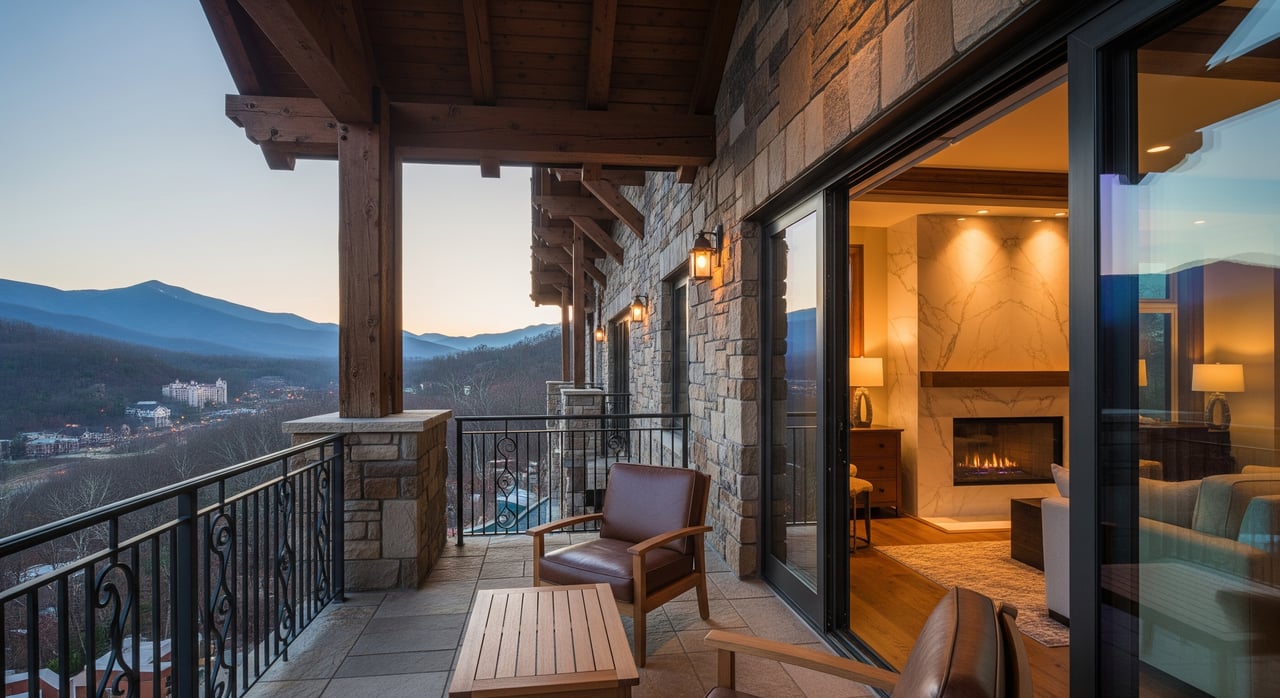
TVA Dock Permits On Douglas Lake: Buyer Basics
- 12/18/25

Morristown vs Knoxville: Cost Of Living For Movers
- 12/4/25

Condotel Financing In Pigeon Forge: What To Know
- 11/21/25

The 2025 Real Estate Report
- Jo Schultheiss
- 11/6/25
Top housing experts and economists give a glimpse of what mortgage rates, home values.
Read MORE
10 Hidden Home Maintenance Tasks That Could Save You Thousands
- Jo Schultheiss
- 07/30/25
Research shows that home maintenance frequently takes a backseat, even with the best intentions.
Read MORE
Real Estate Market Update: What Mid-Year Indicators Mean for Your Next Move
- Jo Schultheiss
- 06/30/25
As we reach the midpoint of 2025, the U.S. housing market stands at a critical juncture.
Read MORESorry, we couldn't find any results that match that search. Try another search.